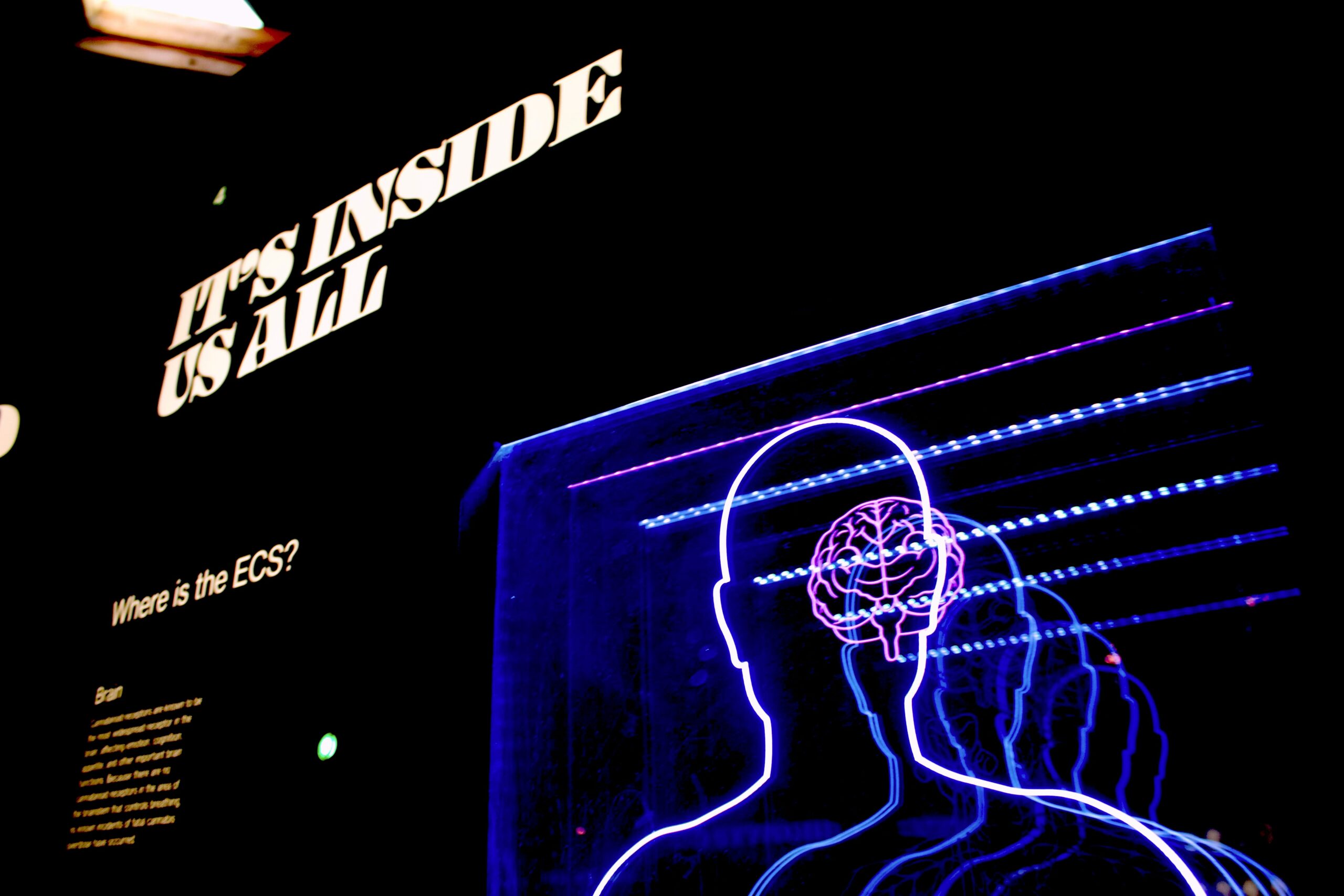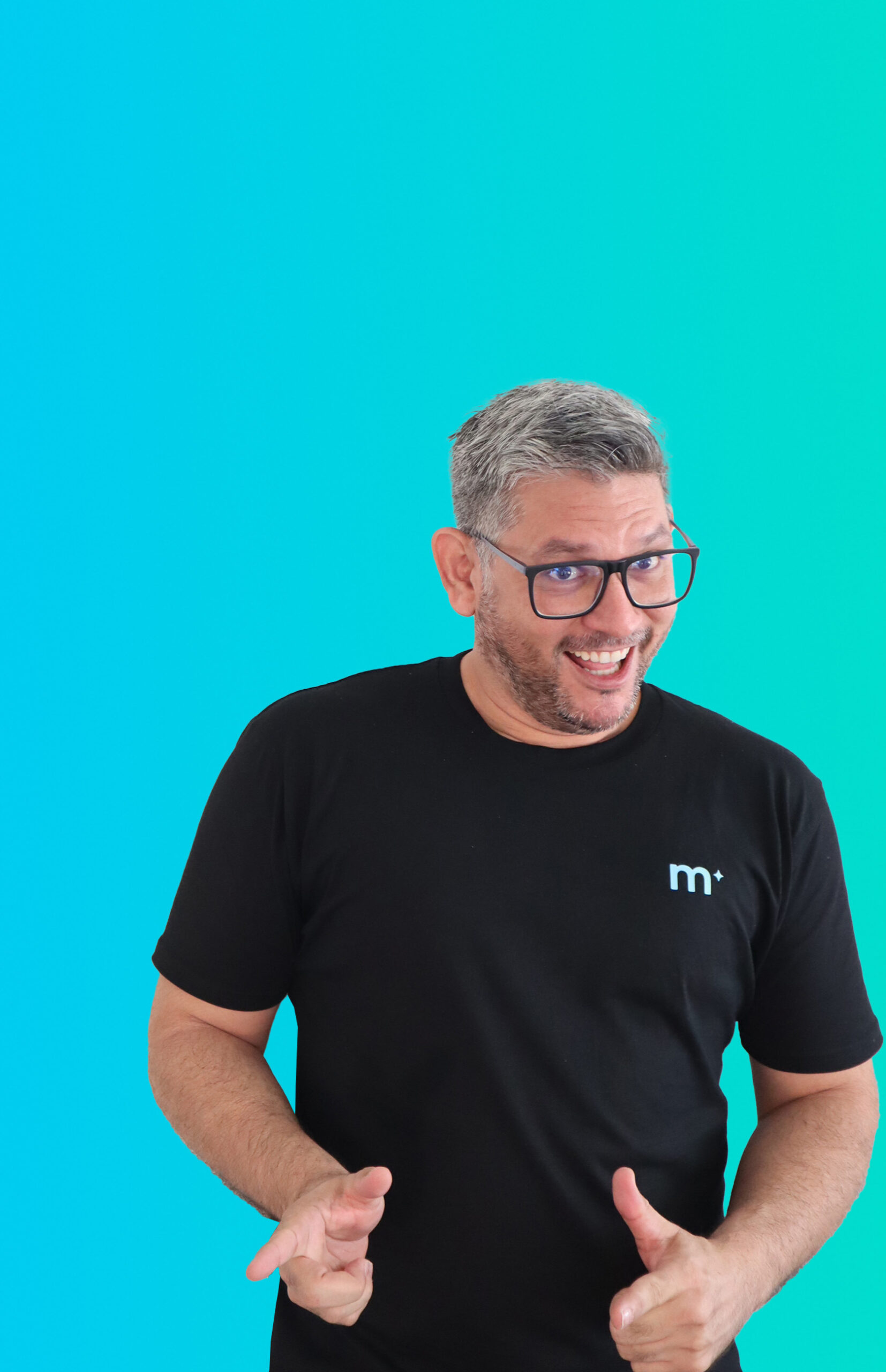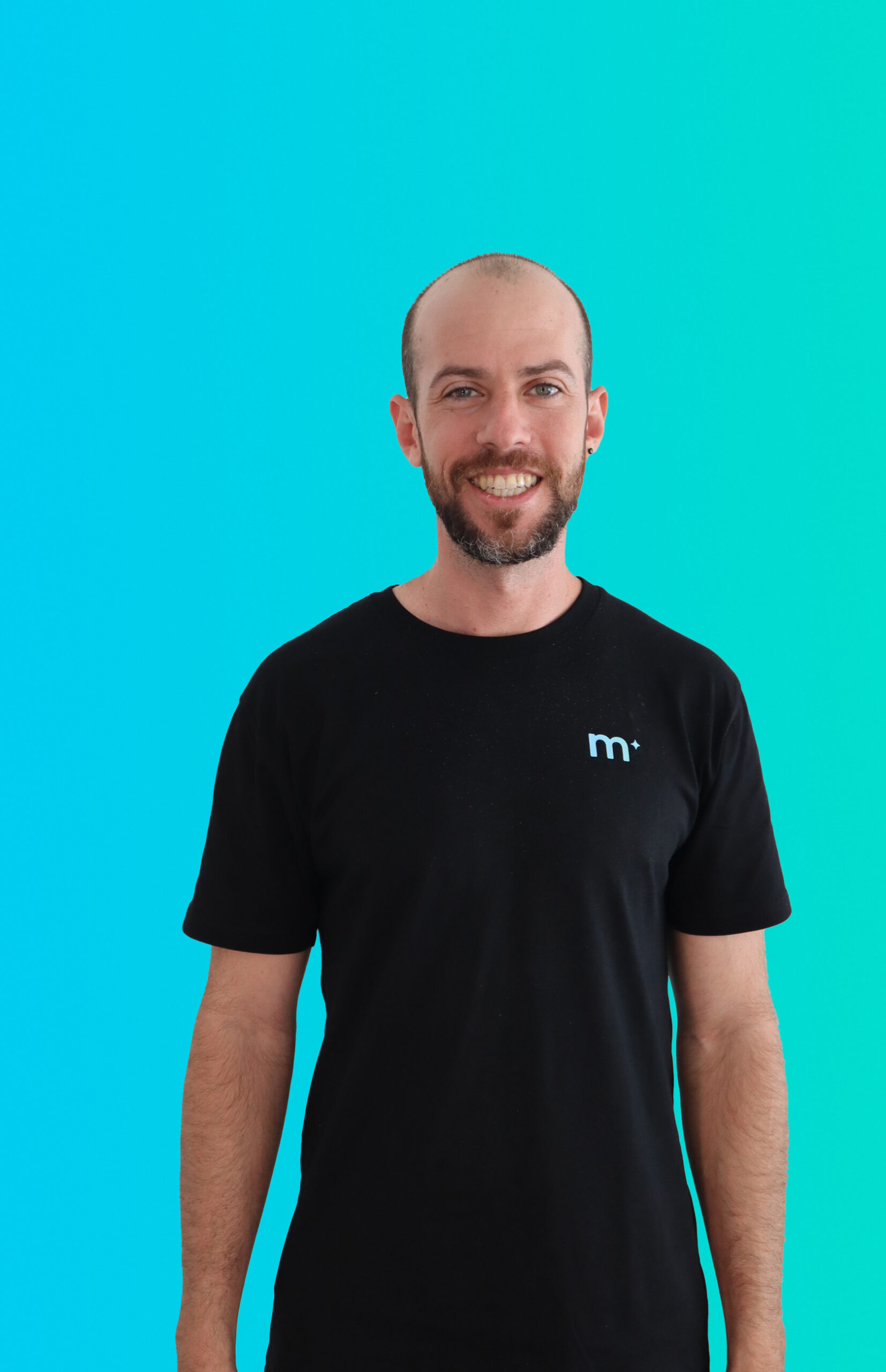In the world of marketing, there are some cool psychology facts that don’t get enough attention, but they can really change the game for your business if relevant. In this article, we’re diving into 10 of these hidden gems.
These tips and facts will give you some awesome insights into how people think to help you stand out in today’s busy and over-saturated digital world.
Fact 1 – Creative product names increase sales
Adding creative and appealing names to products, especially in industries like paint products and food, can significantly boost sales by enhancing the item’s customer appeal. In the world of paint, for example, companies like Sherwin-Williams and Benjamin Moore have long realised the power of evocative names.
A colour named “Ocean Breeze” or “Sunset Glow” can evoke strong emotional responses, making them more attractive to buyers than generic names like light blue or orange. This strategy taps into the psychological connection between colour and emotion, encouraging customers to envision the paint in their own spaces.
My Top 3 Digital Marketing Courses
In the food industry, the impact of creative naming is even more pronounced. A study by Cornell University found that creatively named menu items increased sales by up to 27%. For instance, renaming a simple dish like “Chicken Breast” to “Mouthwatering Lemon-Herb Grilled Chicken.”
This effect is attributed to the enhanced flavour expectations set by the name. Similarly, a chocolate bar named “Velvet Truffle” is likely to be more enticing than a straightforward “Chocolate Bar.” These examples demonstrate how a thoughtfully chosen name can transform the perception of a product, making it not just a commodity but an experience.

Fact 2 – Screen location matters
In mobile app and website design, the centre-screen placement of elements like voting buttons or call-to-action links is crucial in enhancing user interaction. A Missouri University of Science and Technology study found users focus an average of 2.6 seconds on a web page’s centre, compared to 1.9 seconds on the edges.
E-commerce leaders like Amazon boost engagement by placing key elements like ‘Add to Cart’ buttons centrally, with A/B testing showing a 10-20% increase in user interaction. Social media platforms, like Instagram, also use this strategy by positioning interaction buttons at the screen’s centre bottom, leading to higher engagement levels.

Fact 3 – Make your products shine!
Incorporating a shiny appearance in product presentation significantly impacts consumer behaviour and sales. This is apparent for both digital and physical products. For digital, it is less known, but a good example is the famous King Kong agency in Australia, which sometimes has a shine-like animation on its website’s CTA buttons. While specific industry-wide statistics are scarce, anecdotal evidence and observed practices across various sectors suggest a strong correlation between shine and increased sales.
For example, grocery stores frequently mist or glaze fruits and vegetables to give them a fresh, shiny appearance. This practice is very popular in Colombian grocery stores, which has shown a boost in sales of fruits and vegetables by up to 23%, as the shine suggests freshness and quality to customers.
In the jewellery industry, the impact of a shiny presentation is even more pronounced. Polishing jewellery to make it gleam can increase its perceived value and attractiveness, potentially boosting sales by as much as 15%. Customers often associate the shine with luxury and high quality, making them more willing to purchase.
Another example can be found in automotive sales. Cars with a glossy, well-polished finish tend to sell faster and at higher prices than those with a duller appearance. A study might suggest that shiny cars can sell up to 21% faster and command a 9-15% higher price than their less shiny counterparts.

Fact 4 – Strategic placement of products
The strategic placement of products at eye level in stores is critical in influencing consumer purchasing decisions. Notably, two-thirds of in-store buying decisions are spontaneous, highlighting the impact of product visibility. Research shows that products placed at eye level are more likely to be noticed and considered for purchase.
For example, a UK-based coffee manufacturer found that placing items on the fourth shelf, around eye level, resulted in a 23% greater potential to boost sales than other shelf positions. This effectiveness of eye-level placement is further supported by the fact that brands often allocate up to 45% of their promotional budgets to secure eye-level shelf space, recognising its importance in driving sales.

Fact 5 – Colour your buttons green!
The effectiveness of button colours on websites, especially for calls-to-action (CTAs), is crucial in digital marketing and web design. Certain colours are more effective in prompting user actions and enhancing conversion rates. For instance, red, known for its attention-grabbing qualities, is widely used for CTAs as it evokes feelings of urgency and excitement. It’s effective for ‘Buy Now’ or ‘Sale’ buttons, where immediate action is desirable.
Green, symbolising positivity and growth, is another popular choice, often used for ‘Subscribe’ or ‘Sign Up’ buttons to convey a sense of safety and permission. Blue, reflecting trust and stability, is preferred by financial and tech companies for CTAs that require trust, like ‘Download’ or ‘Register.’
Meanwhile, orange, a colour of enthusiasm and energy, is frequently used for the ‘Add to Cart’ or ‘Join Now’ buttons, balancing urgency with a friendly and inviting feel. These colour choices are not random but are backed by colour psychology and marketing studies, indicating their impact on user behaviour.

Fact 6 – The decoy effect
The Decoy Effect, a concept rooted in behavioural economics, demonstrates how consumers’ preferences can be influenced by introducing a third, less attractive option.
This phenomenon was famously illustrated by a study conducted by Dan Ariely, a renowned behavioural economist. In the study, participants were presented with two subscription options: a digital subscription for $59 and a print subscription for $125. When a third option, a print and digital subscription for $165, was introduced, it acted as the decoy.
As a result, more participants chose the print-only subscription, even though it was originally less favoured. This shift in preference highlights how the mere presence of a decoy option can steer consumers toward a particular choice.
In practical terms, businesses can strategically use the Decoy Effect to make higher-priced products or services appear more attractive by placing them next to even more expensive alternatives, ultimately boosting sales and profitability.

Fact 7 – The paradox of choice
The Paradox of Choice reveals that offering consumers too many options can lead to decision fatigue and reduced satisfaction. Just like the Netflix phenomenon of endlessly scrolling through movie and TV show options. This phenomenon was empirically examined by Sheena Iyengar, a professor at Columbia Business School, through a famous jam-tasting experiment. On some days, a store offered 24 jam varieties for sampling, while on other days, only six were available.
While the larger selection attracted more attention, the smaller choice led to significantly more actual purchases. This study underscores the idea that although extensive options may initially draw consumers in, they can overwhelm them and hinder their ability to choose.
Therefore, businesses can capitalise on this psychological principle by offering a more curated selection, simplifying the decision-making process, and ultimately enhancing customer satisfaction and sales.

Fact 8 – The scarcity principle
The Scarcity Principle is a fundamental aspect of marketing psychology that leverages the fear of missing out (FOMO). When consumers perceive a product or offer as scarce or time-limited, it triggers a sense of urgency and increased perceived value. This psychological phenomenon has been extensively studied and applied in various industries.
For instance, a study published in the Journal of Marketing Research found that adding a countdown timer to an online product listing, indicating limited availability, increased the likelihood of purchase. In another experiment, researchers conducted an auction for tickets to a basketball game. When they limited the number of available tickets, participants bid significantly higher prices, demonstrating how scarcity can drive up demand and prices. Examples of scarcity-based marketing tactics include flash sales, limited-time promotions, and phrases like “only a few left in stock.”

Fact 9 – Size matters
Size indeed plays a significant role in marketing psychology, and statistics highlight its impact. According to a study published in the Journal of Consumer Research, consumers tend to perceive larger product packaging as offering better value for their money. In fact, the study found that increasing the size of a product’s packaging by 50% led to an average increase in the perceived value of 18.6%.
This demonstrates how size-related cues can influence consumers’ perceptions of a product’s worth. Additionally, research conducted by the Cornell Food and Brand Lab revealed that people tend to consume more food when presented with larger portions, leading to a 30-50% increase in calorie intake. These findings underscore the importance of portion size in shaping consumer behaviour, particularly in the food industry.
Furthermore, e-commerce statistics highlight the significance of size in online retail. A report by Statista noted that products with larger images and more detailed zoom options tend to have higher conversion rates in online stores. This suggests that the visual representation of product size can impact consumers’ purchase decisions when shopping online.

Fact 10 – Make it smell nice
The sense of smell is a powerful and often underrated tool in the world of retail. It has a profound impact on consumer behaviour and can significantly influence purchasing decisions. Stores that strategically employ pleasant smells often experience increased sales and improved customer experiences.
One of the most well-known examples of the use of scents in retail is the fragrance industry. Perfume and cologne stores rely heavily on pleasant scents to entice customers. When customers walk into these stores, they are greeted by a carefully selected blend of fragrances that create a luxurious and inviting atmosphere.
Research has shown that these scents can influence shoppers’ emotions and make them more likely to spend time in the store and make a purchase. In fact, a study published in the Journal of Marketing found that the introduction of pleasant scents in a store led to a 15% increase in sales.
However, it’s not just the fragrance industry that benefits from the use of pleasant smells. Grocery stores, bakeries, and coffee shops also use scents to their advantage. The smell of freshly baked bread, brewed coffee, or ripe fruit can create a warm and comforting ambience that encourages customers to linger and shop. Research conducted by Alan Hirsch, a neurologist and psychiatrist, found that adding a pleasant ambient scent in a retail environment can increase sales by up to 40%.
















































